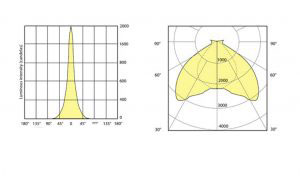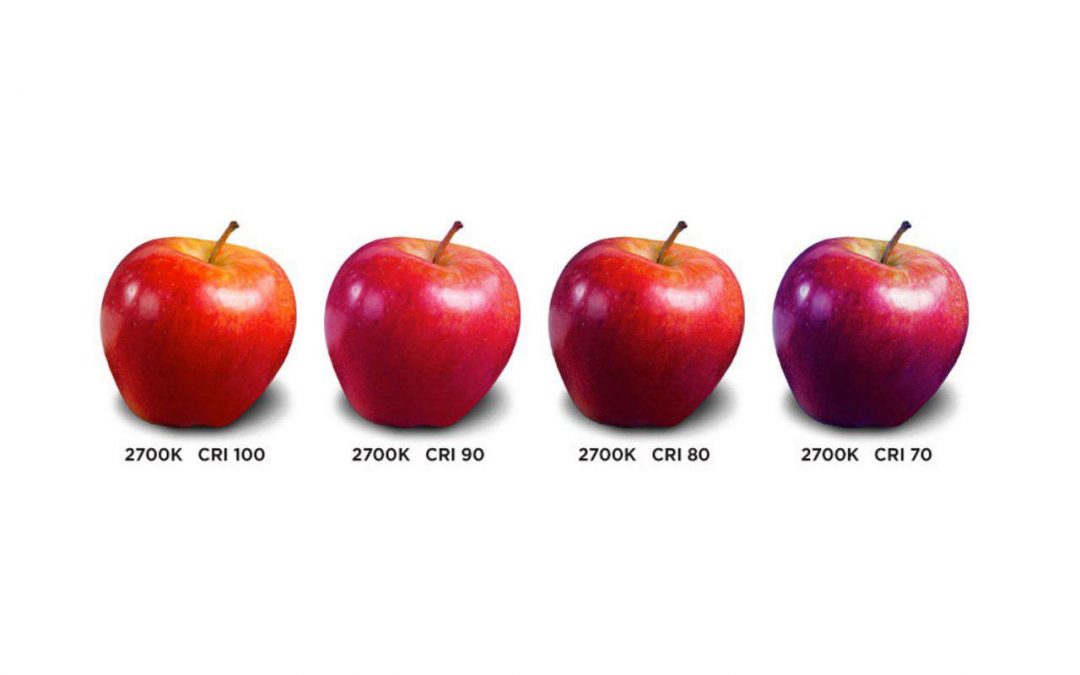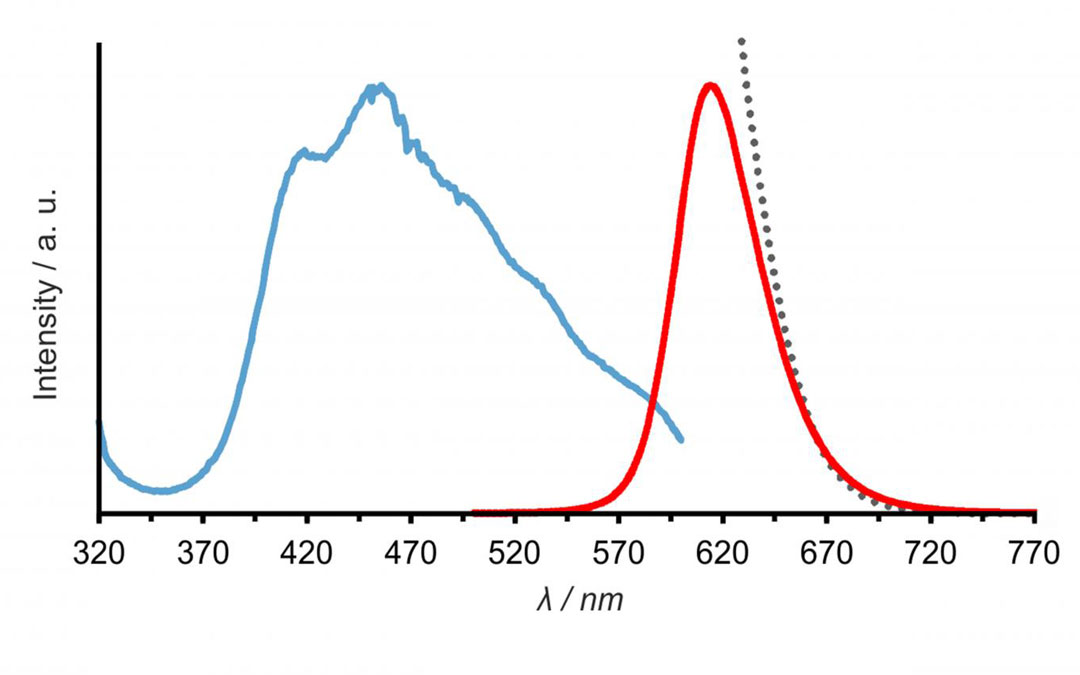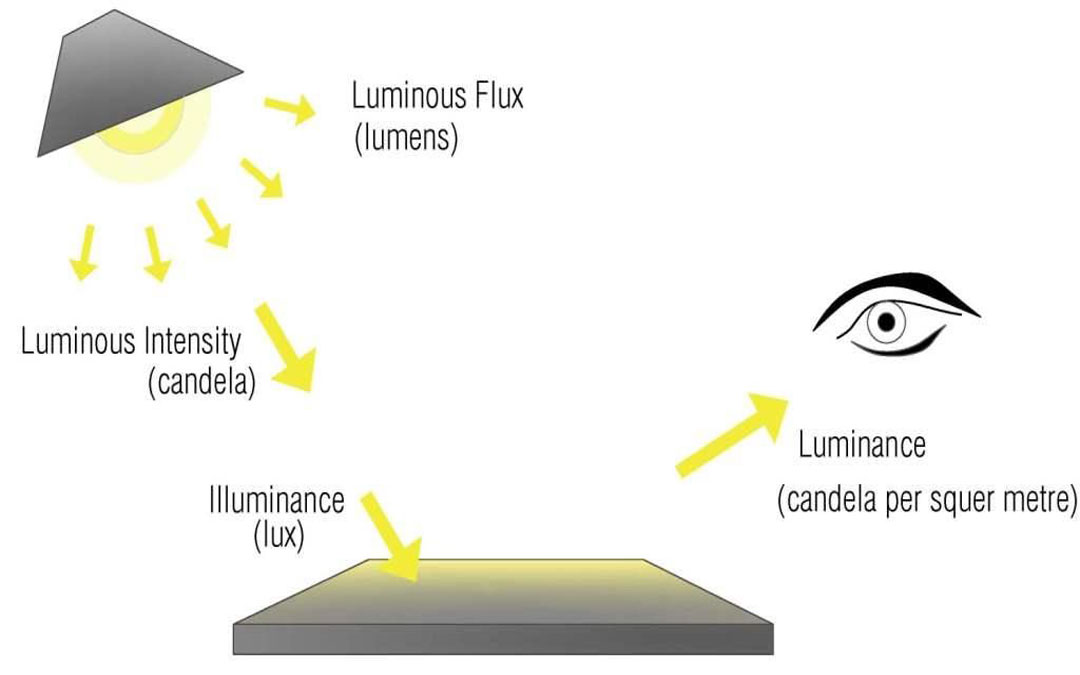
LINEAR LIGHTING
ARCHITECTURAL LIGHTING
Architectural lighting is a field within architecture, electrical engineering that is concerned with the design of lighting systems, including natural light, electric light, or both, to serve human needs.
linear LED for architectural lighting from arend:
-SAM LINE:
Luminaire for indoor and outdoor architectural linear lighting, with LEDs color temperature is 3000 – 6000 kelvin and RGB. This material allows the device to be installed. The product is supplied with a cable of L= 80 mm with IP67 male and female connectors fitted with an antidetachment locknut on both ends (not the head). Easy to install and a robust design for difficult environments. 24 Volt DC dimmable driver for dimming. IP65 protection on the product and the continuous line system .
This product can be produced in different lengths.

-NIKI LINEAR:
Luminaire for indoor architectural linear lighting LED color temperature is 3000 – 6000 kelvin and RGB, Flat direct LED with PMMA diffuser and body: extruded anodize aluminum (powder coating an option).IP44 (IP54 only for option). Total power: 12 w/m, 24 Constant voltage dimmable types driver can be used for dimming. Chromaticity tolerance (initial MacAdam: 3). Color rendering Ra> 80.
This product can be produced in different lengths.
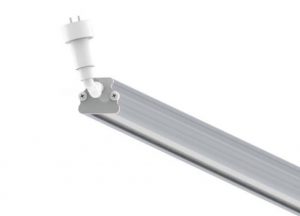
-BARRISOL LINEAR:
Luminaire for indoor architectural linear lighting – with warm white LEDs (LED color temperature is 3000 – 6000 kelvin and RGB). A surface LED luminaire, flat direct LED with PMMA diffuser and body: extruded anodize aluminum (Powder coating an option).IP44 (IP54 only for option). For special ceiling. Total power: 12 w/m, constant current outside driver. Chromaticity tolerance (initial MacAdam: 3). Color rendering Ra>80. Plug and play connector to make the installation easy. Luminaires length can be change by project submultiple 28 cm.
This product can be produced in different lengths.
Suitable for barrisol ceiling.

-LIOSA LINEAR:
Luminaire for indoor architectural and pendant linear lighting, a surface LED luminaire, flat direct LED with PS diffuser and body: extruded anodize aluminum (powder coating an option) plug and play connector to make the installation and wiring easy. Class I electrical, IP44 (IP54 only for option). Total power: 20 w/m, slave luminaire for DALI control (an option only) with LED converter. LED color temperature is 3000–6000 kelvin. Chromaticity tolerance (initial MacAdam: 3). Color rendering Ra> 80.
This product can be produced in different lengths.

